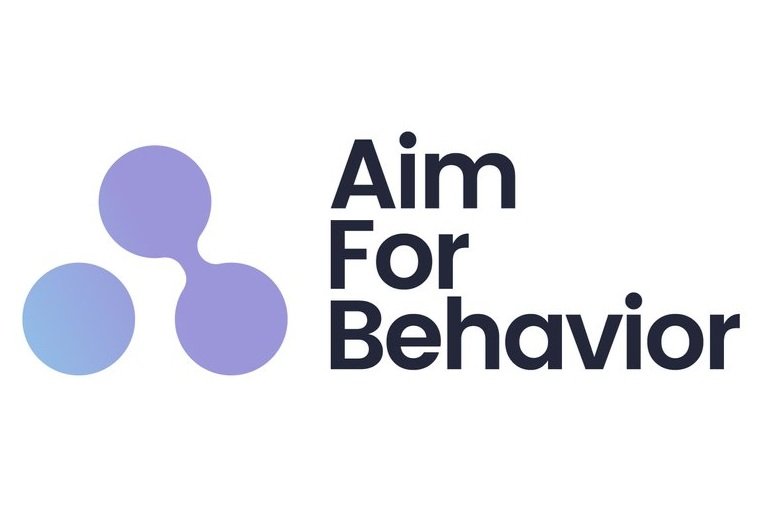Ethics in Behavior Design matter
OECD Behavior Science Ethics
It is NEVER ok to trick people into doing anything.
The purpose of behavior design is to help enable people (I am one of those people as well) to make the decisions they already wanted to make.
Sometimes things stand in the way of us doing things that are good for us - for me for example it is hard to eat well if my cupboard is filled with chips, so as a way to help myself, I don't buy them at the store (except on the weekend :) )
That also counts as behavior design (simplified version) - in this case changing the physical environment helped me succeed. Is that tricking me, no... did it help me achieve my outcome - yes.
Are there instances where I feel tricked? of course!
The question I ask is:
Was it intentional or not on the designer's part (I like to think that it was unintended in most of the cases)?
To avoid unintended consequences it is good to use tools such as APEASE or to follow a guide such as the one the OECD - OCDE created.
Some good practices from the guide:
>Consider those who are most concerned by the target behavior (s)
>Aim for choices that preserve personal autonomy, rights, and freedoms as much as possible
>Be as open as possible
>When appropriate, include vulnerable, underrepresented, or marginalized groups to ensure representation and diversity in problem framing, solving, and intervention design
>Anticipate and plan for unintended consequences
If you are curious to see the guide --> https://lnkd.in/e98DDPgp
These are other ways I can help you:
1 ) Get my Behavior Basics Course: Learn to add that missing Behavioral Science layer to your products and services in an easy and practical way
2) Explore my services: I work on small projects or as part of your team
3) Frameworks: Get access to my frameworks and tools
4) If you want to get Behavior Science and Innovation Tools join my newsletter below 👇

